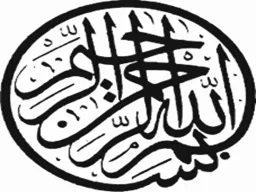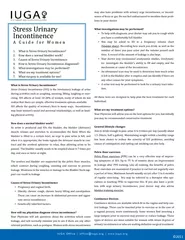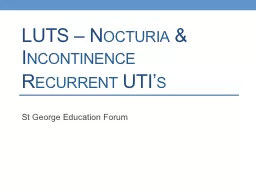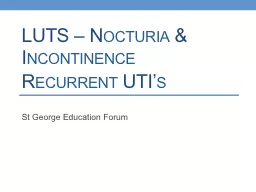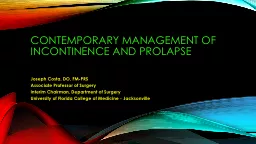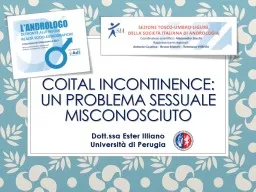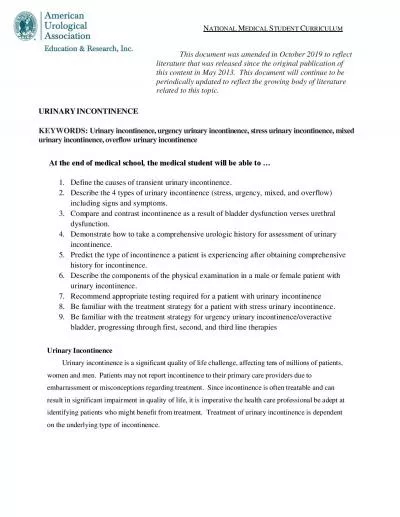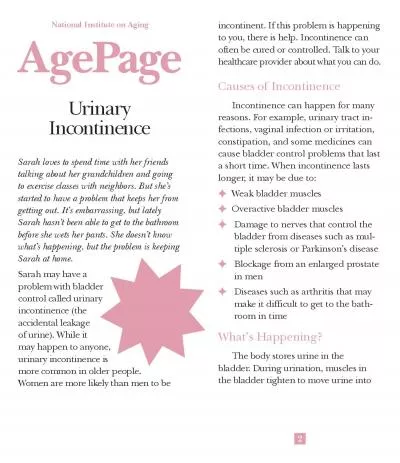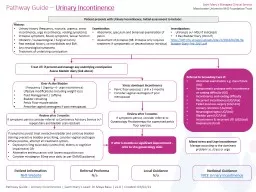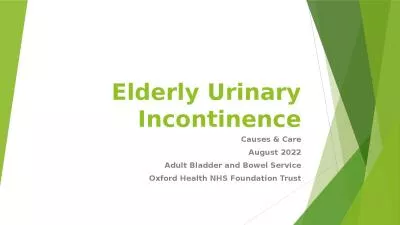PPT-women with urinary incontinence
Author : LadyInRed | Published Date : 2022-08-03
Dr mansooreh yaraghi Fellowship of pelvic floor INTRODUCTION Prevalence In older women17 to 55 Younger and middleaged women 12 to 42 Universal screening in women
Presentation Embed Code
Download Presentation
Download Presentation The PPT/PDF document "women with urinary incontinence" is the property of its rightful owner. Permission is granted to download and print the materials on this website for personal, non-commercial use only, and to display it on your personal computer provided you do not modify the materials and that you retain all copyright notices contained in the materials. By downloading content from our website, you accept the terms of this agreement.
women with urinary incontinence: Transcript
Download Rules Of Document
"women with urinary incontinence"The content belongs to its owner. You may download and print it for personal use, without modification, and keep all copyright notices. By downloading, you agree to these terms.
Related Documents

